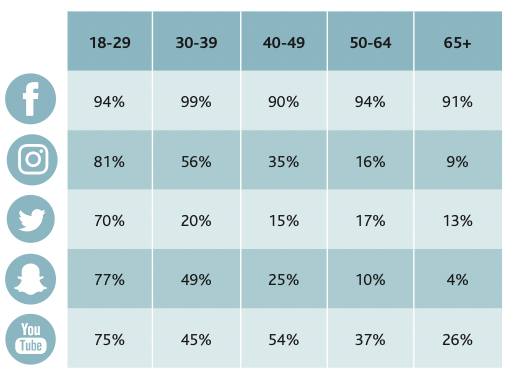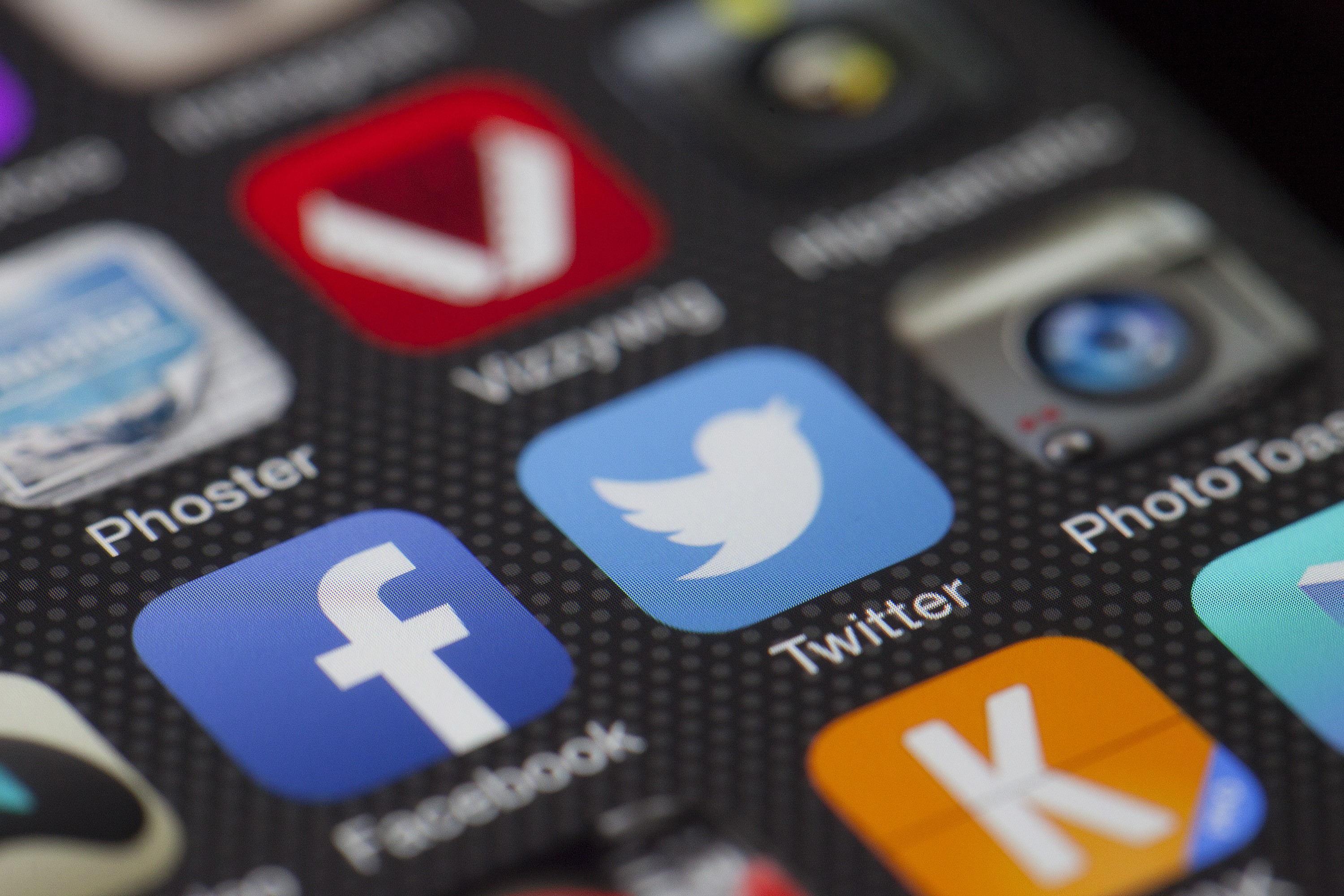In this blog we introduce Bite Communications who are part of the Victual Recall Expert Panel, providing clients with support in PR and social media crisis response.
Social media allows your company to communicate directly with its customers like never before. Not only do you control the content; you can speak directly and immediately with customers and build a long lasting relationship of loyalty and trust.
But when it comes to managing your brand during a crisis, or rebuilding it afterwards, it is this directness and immediacy that can be a double-edged sword. With social media comes increased pressure on organisations to be aware of what’s being said about them and instantly respond. Poor management at crucial times of the ‘crisis’ has left many in an even bigger mess.
So how to avoid the mess and use social media to your advantage? Read on.
SOCIAL MEDIA AND ISSUES MANAGEMENT
Social platforms are fast becoming our primary sources of news. Issues break faster and spread further, sometimes before an affected organisation is even aware there’s a problem. What’s more, consumers now expect brands to respond immediately and are able to weigh in on discussions and potentially lead the agenda.
More and more often, companies are first alerted to an issue via social media chatter. Before they know it, the issue has blown out of proportion by keyboard warriors, picked up by the mainstream media, and spread like wildfire. One customer complaint can be seen by potentially millions of eyeballs, causing varying degrees of outrage that can disrupt the company and destroy consumer trust.
Effective monitoring of social and traditional media, and a robust issues and crisis management plan are your tools to successfully guiding your way through.
SOCIAL MEDIA STATE OF PLAY
In Australia there are more than 15 million people on Facebook, with 94 per cent of 18-29s and 99 per cent of 30-39s using the platform. Instagram follows, then YouTube, Snapchat and Twitter.

Sensis 2017, Social Media Usage
Plus, there are lots of other apps and sites focused on messaging, collaborating, discussing, sharing, publishing and networking.
Sixty per cent of Australians access social media daily, 35 per cent check social media more than five times a day, and with enhanced technology and viewer experience on mobile phones, these numbers are only going to increase. Already 81 per cent of people scroll through more than 90 metres of content on their phones every single day, where they see on average 2000 brand messages!
SOCIAL LISTENING
While media monitoring has historically been an important business tool for an organisation to determine how it is perceived, today social listening is vital. Why? Because social media never sleeps.
Seventy-one per cent of Australians view social media in the evening and 39 per cent look at it before they go to bed. This means issues often arise outside of business hours. Companies need to know when an issue is brewing, and be prepared to manage it.
Social listening tools can help. They monitor conversations your current and potential customers are having, learn what they are thinking and discover issues they may be having.
There are many free and paid social listening tools available to help organisations track conversations and brand sentiment in real time – a major advantage for crisis response planning.
THE VALUE OF SOCIAL MEDIA IN A CRISIS
Gone are the days of a company only releasing a one-way media and public statement to media, the ASX and stakeholders to sort out a crisis. Now, in times of crisis, a company must consider and utilise the relationship it has with its customers on social media.
Brands and the public alike use social media to follow and communicate during a crisis. The crisis unfolds for all to see in real time, and brands must be agile to communicate the issues at hand logically and effectively. Social media also offers brands the ability to read and track public reaction and if need be, change tactics.
There are some golden rules to consider when using social media in a crisis situation. These include:
- Treat communication with your audiences the same way as you would manage journalists in a crisis. What you say is in the public domain and can be amplified very quickly. This is problematic if you get it wrong.
- Make sure a communications professional is managing social media, not a junior staff member. Communication needs to be considered, honest and personal and not only that, there will be legal and financial implications if the messaging is incorrect, or perceived the wrong way.
- Treat your audiences with compassion and humility. Don’t cut and paste responses unless similar issues are repeatedly arising. Sometimes complainants simply need to ‘have their say’, so ensure you are perceived to be listening and understanding.
- Empathy is the most appropriate tone to take in a crisis. Admit when you’ve made a mistake and don’t try to cover up your actions.
- Listen, and ascertain early if the tone of the ‘chatter’ is changing, and re-assess your responses.
- Keep communication action-based. Provide a steady stream of updates of the activity that the organisation is undertaking to resolve the issue.
- Be available 24/7. People use social media at all times of the day, and some audiences will be in different time zones.
In some instances, you’ll need to give different messages to different audiences. Bring your social media team into the loop during the crisis so you can quickly ascertain which platform is best for the type of messaging you need to communicate. It may vary from platform to platform, or you may need to also look at direct message and dark posting options to deliver targeted messages to different audiences.
So is social media an issues management friend or foe? There is no question it needs to be included in your crisis planning and management. As the saying goes, failing to prepare is preparing to fail. With the right tools in your arsenal, and careful planning now, it will likely be a major asset when your company needs it most.


